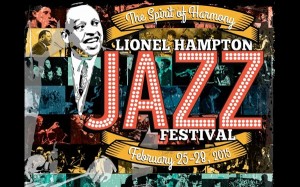Maybe you remember when you first realized that the rabbit hole of jazz was far, far deeper than you’d possibly imagined. That the same tenor saxophone player on Kind of Blue also made Blue Train and Giant Steps and A Love Supreme and Interstellar Space and dozens of other albums and who knows how many guest appearances, and that that was just what people recorded of John Coltrane. And that all those records involved scores of other contributors, who in turn played with scores of other people over scores of years. And that this hopelessly convoluted network reflected just a small slice of jazz history to begin with.
What allowed you to dive in was a guide to the data — maybe a book, or a radio broadcaster, or someone you knew who knew something. A voice who could translate the wilderness to human terms, and made it appealing to jump into.
The new Spotify app from Blue Note Records, released yesterday, isn’t the perfect guide. But as a music discovery tool, it’s a huge leap in the right direction, and it’s certainly the first digital music technology I’ve seen which begins to make sense of the dense jumble in which jazz fans happily abandon themselves. Continue reading





